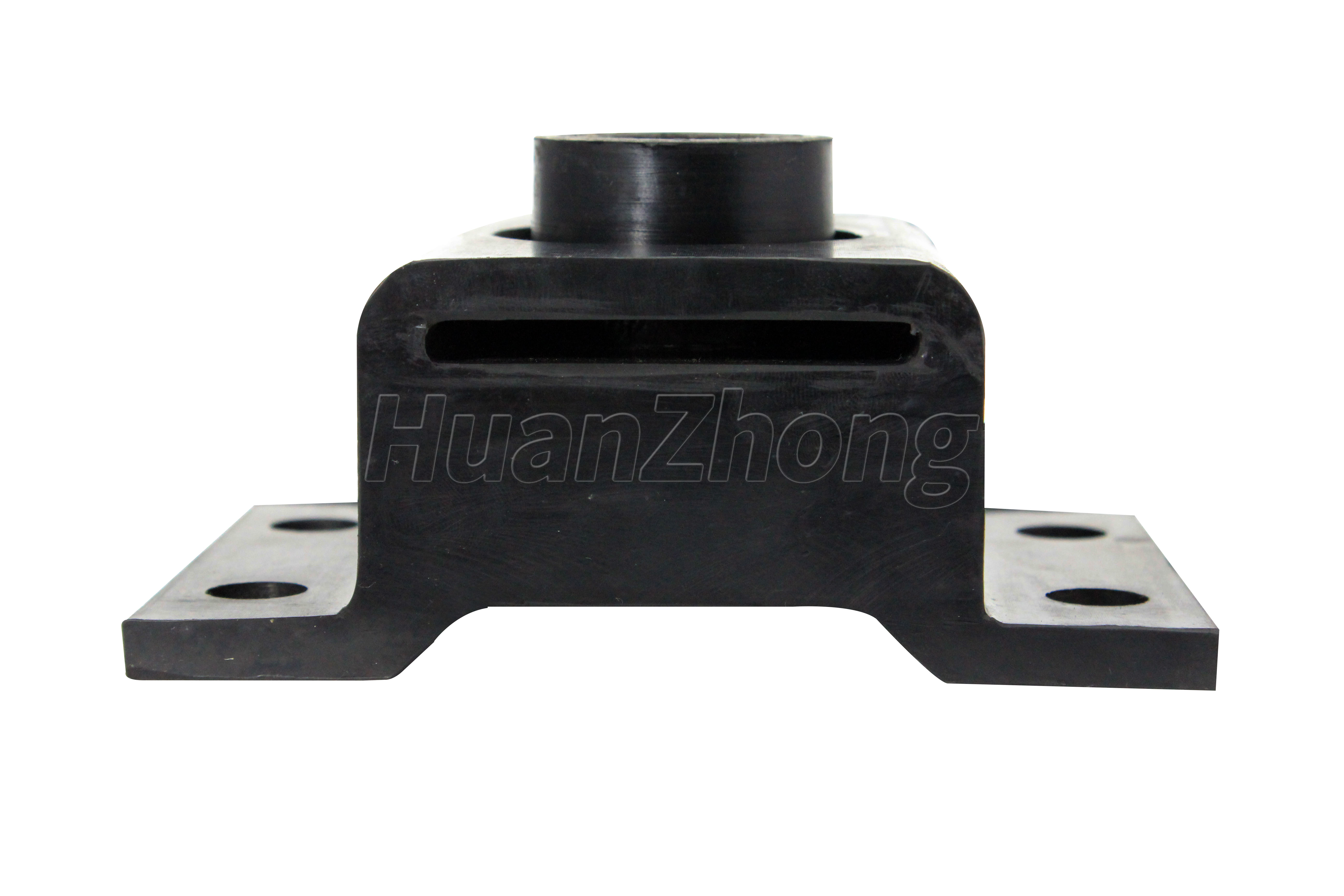Brief introduction of rubber shock absorbing sleeve
Rubber shock absorbing sleeve is generally made of natural rubber and neoprene, while nitrile rubber is used for oil resistance, silicone rubber for high and low temperature resistance, and butyl rubber for high damping. The manufacturing process of rubber shock absorbing sleeve products is similar to that of tires, except for rubber hollow springs, most of which are similar to model products. They are usually made into supports or connections and are widely used in various vehicles, ships, machinery, instruments, bridges and buildings to eliminate or slow down the adverse effects of vibration. The hysteresis and internal friction characteristics of rubber are usually expressed by the loss factor. The larger the loss factor, the more significant the damping and heat generation of rubber, and the more obvious the vibration damping effect.
The rubber materials used for vibration damping purposes are generally divided into five types, namely NR, SBR, BR for common rubber materials; NBR for oil-resistant vulcanization rubber; CR for weather-resistant vulcanization rubber; IIR for high damping vulcanization rubber; EPR for heat-resistant vulcanization rubber. NR has a small loss factor, but its comprehensive performance is good, with excellent elasticity, good fatigue resistance, low heat generation, small creep, good adhesion to metal parts Therefore, NR is widely used for vibration damping purposes, and can be modified with BR or CR or blended when low temperature resistance or weather resistance is required.
Rubber shock absorbing products mainly include rubber shock absorbing sleeve, rubber air spring, rubber fender, sponge and cork rubber shock absorbing sleeve, elastic shaft joint and flexible receiver, etc.
